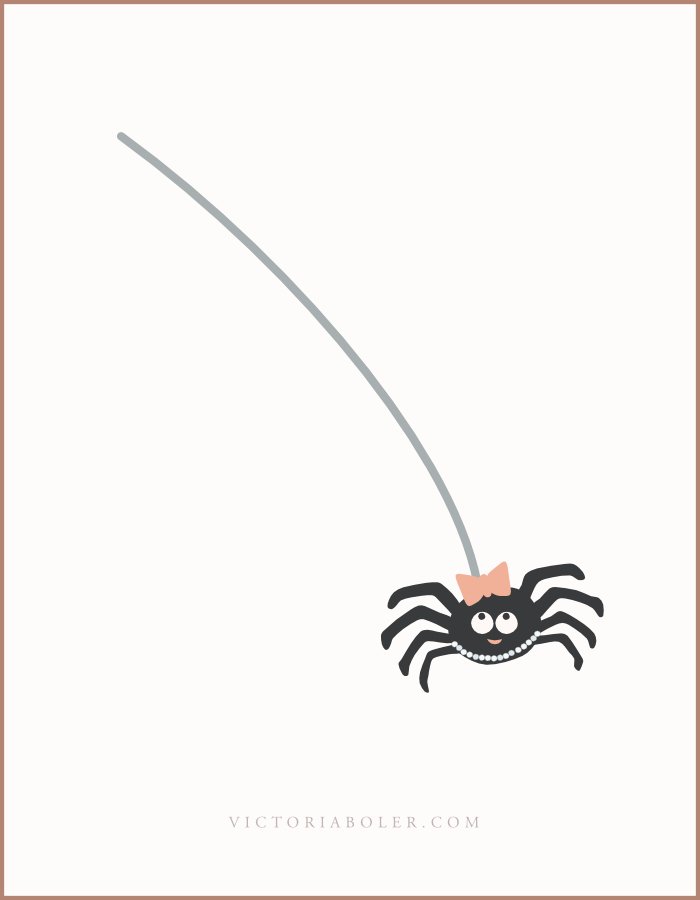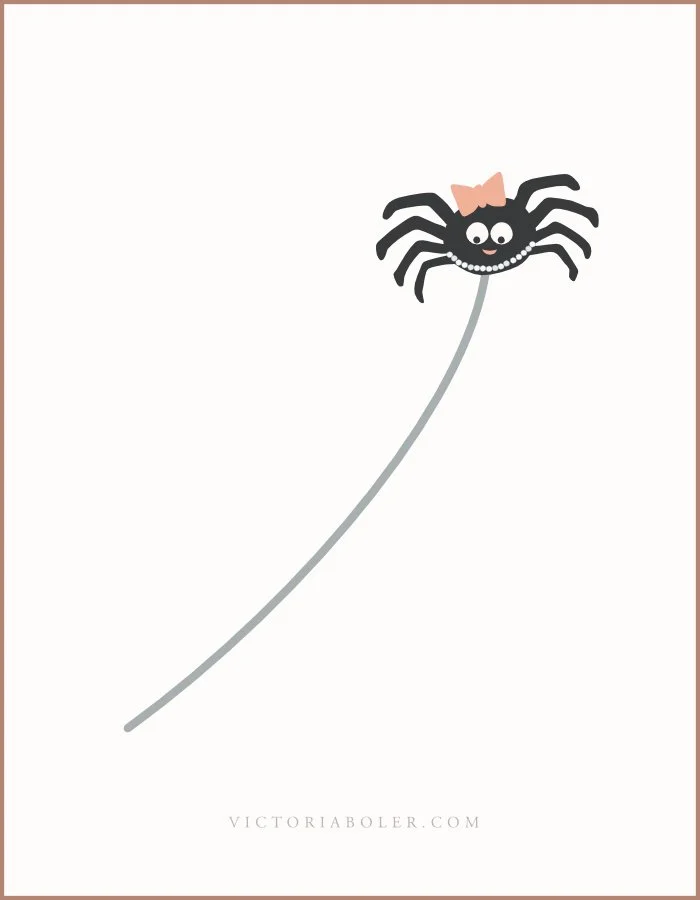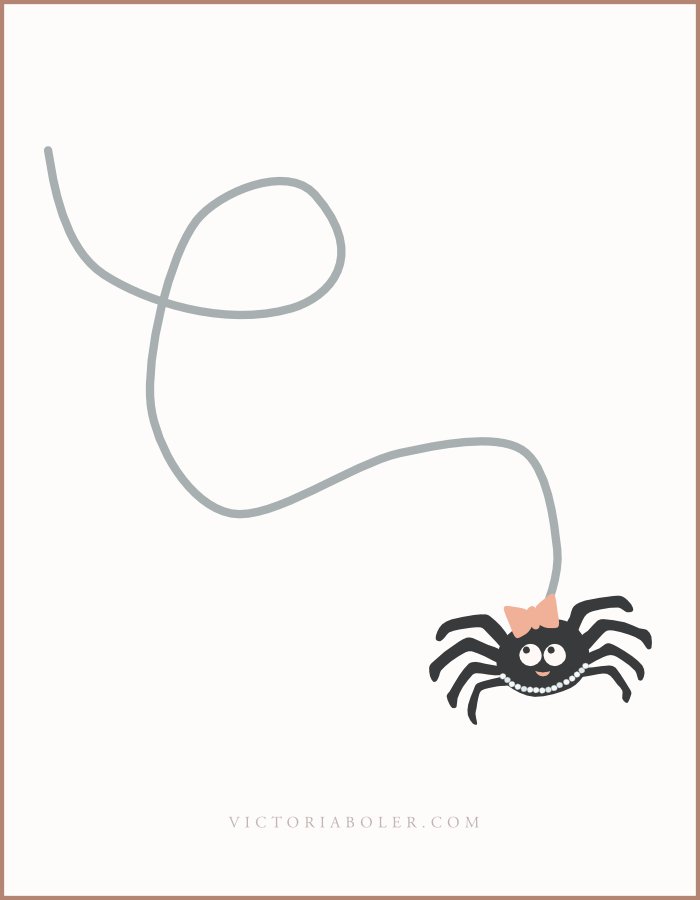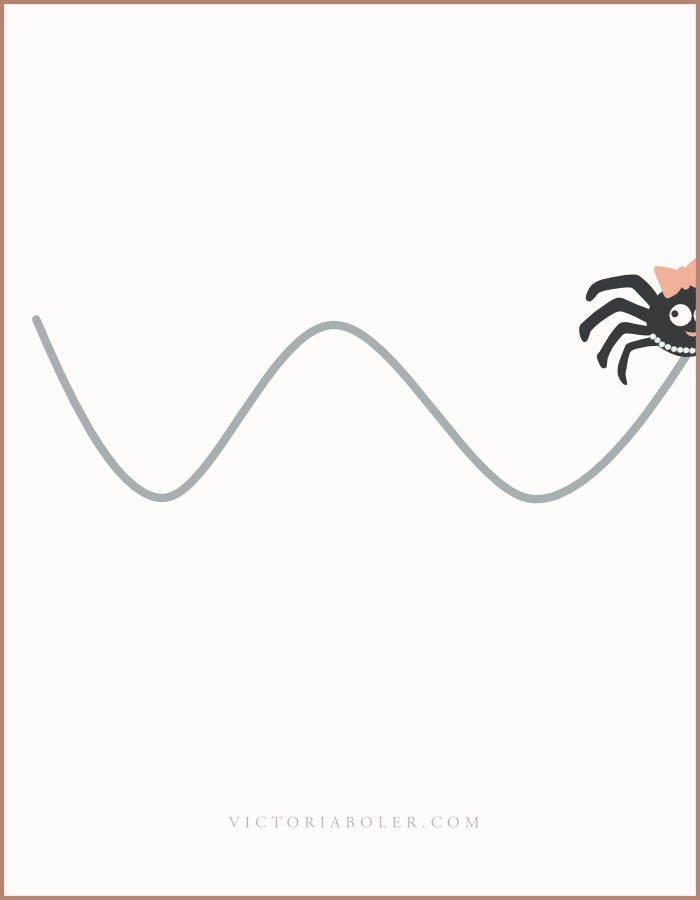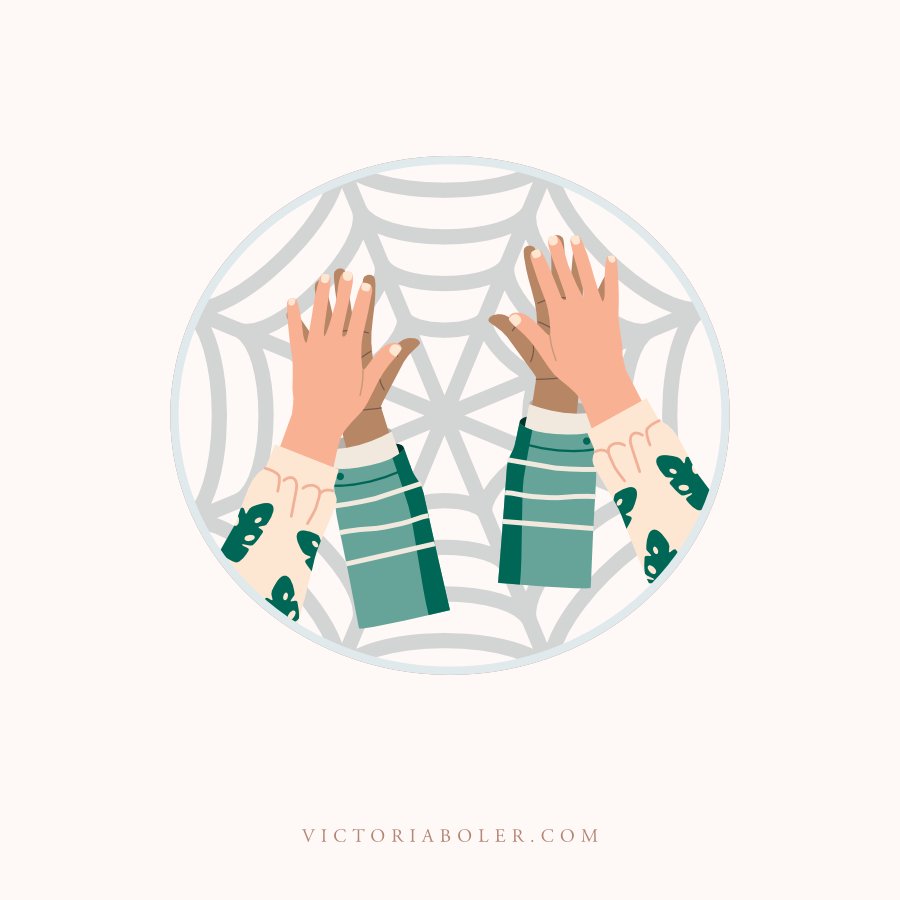Doña Araña: Vocal Exploration, Creative Movement, & a Chasing Game
There are some gems in our repertoire collection we can use over and over, with several grades to highlight different musical concepts. Dona Arana is one of those for me.
Today we’ll look at Dona Arana in three different contexts: Kinder and 1st, 2nd and 3rd, and older beginners.
Dona Arana: THe Song
This is a delightful Hispanic fingerplay!
Because of the nature of how folk music spreads, and because of the prominence of the Spanish language and culture around the globe, it can sometimes be difficult to trace the exact people from whom a song originates. For that reason, the source notes this song as “traditional.”
Translation:
Dona Arana went for a walk
She spun her web and began to climb up
Along came a wind storm that caused her to dance
Along came the rain that made her come down
Concept-Based Lesson Planning
When we lesson plan from a concept-based lens, each activity is threaded together over a series of lessons.
When the activity is over, there is a logical and artistic next step. The next lesson plan is a continuation - at a deeper level - of the same concept.
A concept-based approach is a central part of the process inside The Planning Binder.
Learn more in these podcast episodes…
>>> Organizing the Music Lesson Plan: Concepts vs Activities
>>> Nesting Concepts for Active Music-Making and Active Meaning-Making
Vocal Exploration: Kindergarten & 1st grade
This activity is so simple, and so fun!
I shared a variation of the activity on this episode of Teaching Music Tomorrow.
These activities would take place over several lessons, and each interaction would be somewhere between 3 and 5 minutes long.
VOCAL EXPLORATION Overview
Introduce the song with the fingerplay
Echo vocal improvisations at the end of the song
Tell the story with vocal improvisation
Vocal Exploration Process
1) Introducing the Song
To introduce the song, we’ll sit on the floor in a circle with students, and mime out the actions of the song.
Dona Arana se fue a pasear - Our hands walk out in front of us, like a spider going for a walk
Hizo un hilo y se puso a trepar - Our hands spin up in front of us, like a spider climbing up a thread
Vino el viento la hizo bailar - Our hands dance around at the top of the thread
Vino la tormenta la hizo bajar - Our hands come back down
That’s it!
Students don’t sing at this point, they only copy our motions with simultaneous imitation.
2) Vocal Exploration
At the end of the song, the teacher sings a vocalization of Dona Arana’s thread, and students echo.
There are so many vocal shapes we could make! Did Dona Arana move from high to low?
What about low to high?
What if she made her thread loop around and around?
What if she was jumping on the thread?
3) Singing the Story
After a while, we might refine our vocal explorations to create an illustration of the story.
Could we paint the story with our voices by moving them high and low, and using different combinations of long and short?
At the beginning of the song, Dona Arana goes for a walk. What could that sound like?
What could it sound like for her to spin her web and climb up?
There was a part of the song where she was dancing at the top. What could that sound like?
What could it sound like for her to go back down the thread?
In this activity, we might choose that we want students to create their vocalizations of the whole story.
Alternatively, if we want to give a few more parameters, we can have students echo our vocalizations for the walking, climbing up, and coming down parts of the story (lines 1, 2, and 4). When Dona Arana dances at the top of the thread in the third subphrase, students can create their own dancing vocalizations.
We Sang the song. Now What?
After we sing the song and tell the story with our voices, what variations could we do? How could we extend this activity?
With a specific focus on high and low, and vocal improvisation, there are many possibilities for extensions!
At the end of the song, the teacher does a vocal improvisation and students choose if they’ll echo the teacher or do something different.
The teacher shares a vocal improvisation, and one student responds with an echo or improvisation
One student does their own vocal exploration idea, and the teacher improvises something different
One student does their own vocal exploration idea, and the whole class responds with an improvisation
One student does their own vocal exploration idea, and one other student answers with an improvisation.
Transfer vocal improvisations to barred instruments.
Creative Movement:
2nd & 3rd Grades
I spoke about this song in this podcast episode about planning 2nd and 3rd Grade music, and again in this episode about what we can do when students sing a song inaccurately.
From a musical concept lens, our melodic concept is mi re do.
Even though we’re doing a creative movement activity, we’ll keep the focus on the pitch relationships of high, middle, and low.
CREATIVE MOVeMENT OVERVIEW
Trace melodic contour
Students create spider webs in self-space
Students create spider webs by connecting with a partner
Creative Movement Process
1) Introducing the song
We’ll introduce the song by asking students to listen to it several times, both as they’re stationary and as they move in open space. If you’re interested, you can listen to a podcast episode about open space here.
The teacher sings and uses spider fingers to trace the melodic contour. Students copy the motions
Students make a spider web as they move around in open space
2) Creative Movement: Connections
As a B section, let’s create some spider webs with our bodies. We’ll start the process with some open-ended creative movements. Then eventually we’ll ask students to think about a high, middle, and low spider web they can create.
Creating high, middle, and low spider webs to connect to mi re do patterns later is a nice example of physical preparation, which you can read about here.
How could you make a spider web with your body? Think about all the different connection points a spider web has. Think about how interwoven and interconnected it is.
Could you stick your arms out in front of you and connect your fingers together? …. Could you curl over to the side so your hand is touching your shoe while your other hand goes through the circle you just made with your arm? ….. Could you sit down and put your feet together and fold over your legs?
With a set of finger cymbals, or another bright instrument, the teacher signals for students to change to three different spider webs as a B section.
During the A section, students continue to move in open space with their spider web melodic contour.
When students are ready, we can refine their B section movements by asking them to choose a high spider web shape, a middle spider web shape, and a low spider web shape.
3) Creative movement with a partner
When they’re ready for the next step, ask students to find a way to connect with a partner, and create new versions of their spider web shapes.
How could you find a safe way to connect your spiderweb shape with someone else’s? Could you create a connected shape on a high level? On a low level? On a middle level?
Students have a few moments to collaborate, then we put it with the song.
During the A section, students walk around in open space spinning their spider webs to the melodic contour. By the end of the song, they should be with their partner.
As the B section, students show their high, middle, and low spider web shapes with their partner, following the teacher’s finger cymbal signals and vocal cues.
We did the activity. Now what?
What happens after we sing the song and do the movement activity? How does this creative movement prompt move us to other musical and educational experiences?
This is the beauty of planning from a concept-focus lens. Every activity we do builds, grows, and connects to another experience!
There are many extensions from here when we look at this activity as a starting place for mi re do in 2nd and 3rd grade.
Inner Hearing: Students can inner hear the melody as they move around the room in open space
Matching the Melody: The teacher draws two spider web melodic contour shapes. One matches the melody of the song, the other doesn’t. Students figure out which one is the visual representation.
Singing on Solfege: Students can sing the melody on solfege with hand signs
Barred Instrument Exploration: For students new to the barred instruments (or as review), they can explore how to play Dona Arana’s story on the bars
Playing by Ear: When students have analyzed mi re do in this melody, they can figure out how to play the melody by ear with a partner
CHASING GAME:
OLDER BEGINNERS
Everything here is from the 2023 - 2024 Planning Binder.
Like the 2nd and 3rd grade activities, this focus is still on mi re do. You’ll see that in the introduction of the song, and then again in the extensions we use later.
With older beginners especially, we have an opportunity to pair competitive play with musical skill-development. Traditionally in children’s musical culture, singing facilitates cooperative and competitive games, and is an important part of learning social interaction. This is one of the ways we can increase overall musical participation, and develop “analog” social skills in the parameters of the music room. Even though this game is an addition, it is in the spirit of play-based interactions that are consistent with children’s singing culture across many musical traditions.
CHASING GAME OVERVIEW
Introduce the song with body percussion
Scaffold game with a single circle
Play game with a double circle
Chasing Game Process
1) INTRODUCING THE SONG with Body pErcussion
Our song introduction highlights mi re do through body percussion. We’re also including some opportunities for student choice as students learn the song.
The main thing to emphasize is that the body percussion pattern students have been playing matches the melodic contour of the song - when our melody goes up, our body percussion goes up. When our melody goes down, our body percussion goes down.
The teacher demonstrates a body percussion pattern, and all students join in when they can.
When students have the body percussion pattern down (or mostly down), the teacher adds the song. Students continue following the pattern as they listen.
The teacher displays questions on the board and students choose a question to answer in their heads. Repeat the activity, with students playing body percussion and the teacher singing the song.
After a few more rounds, students share what they noticed.
Eventually students have heard the song multiple times, and we can teach it by rote. Students sing the first prase, the teacher sings the rest. Gradually over time, we’ll release more phrases to students for them to sing instead of us.
2) Scaffold the Game
Eventually this game is a double-circle chasing game, which I pulled from another folk song. This game is not in the original source.
Students sing the song and walk in a circle (spider web). Switch directions at each 8-beat phrase.
Students create a double spiderweb by facing a partner, so there is an inside circle and an outside circle.
Repeat the activity, with the inside circle and the outside circle moving in opposite directions. Continue to change directions at each phrase.
Add chasing game: One student is the spider. The spider stands outside the circles. One student is the fly. The fly stands in the middle of the circles.
At the end of the song, the fly tries to get out of the circles, and away from the spider. The spider tries to tag the fly on the shoulder. The whole class counts to ten as the spider chases the fly.
3) CHASING GAME
After students have played the game and they’re ready to move on, we can point out that the game isn’t quite tricky enough. The spider can get out anywhere! What could we do to make this game even more challenging?
All students in find a way to connect (take hands, link elbows, link pinkies, etc.).
The teacher chooses a pair of students in each circle to raise their hands at the end of the song, creating an opening through which the spider and fly can move. The spider and fly can only enter and exit the circle through those openings.
But wait I just thought of an idea……
From the single circle, students move to stand in front of a partner. This creates an inside circle and an outside circle.
The inside circle connects with each other and the outside circle connects with each other. The teacher chooses a pair of students from each circle to raise their hands at the end of the song. Now, the spider and fly can only move in and out of the web through the raised hands.
We Played the Game. Now What?
What’s next?
Because we’re using this with the lens of a musical concept, and not just a fun activity (even though the activity is fun!) we can do a lot of extensions with this song.
Inside The Planning Binder we extended this song to work on do re mi and mi re do patterns.
Physical Prep: Students play the body percussion pattern with a partner
Visual Prep: Students help the teacher drag icons to show the melodic contour of the song
Present: Students establish a classroom vocabulary for the high, middle, and low sounds.
Read: Students read the melody on the board with solfege hand signs
Play: Students figure out where mi re do would live on the barred instruments
Arrange: Students use rhythmic building blocks to arrange a rhythm, then add a mi re do melody to it
Finding New Activities or Threading Musical Concepts?
When we lesson plan, it can be so helpful to look at activities through a concept lens!
What is the purpose of the activity? Where does it lead? How does this activity help us build skills and understandings over time?
Thinking about a conceptual focus can help us extend the fun of songs like Dona Arana across many different lessons, throughout many different grades.



